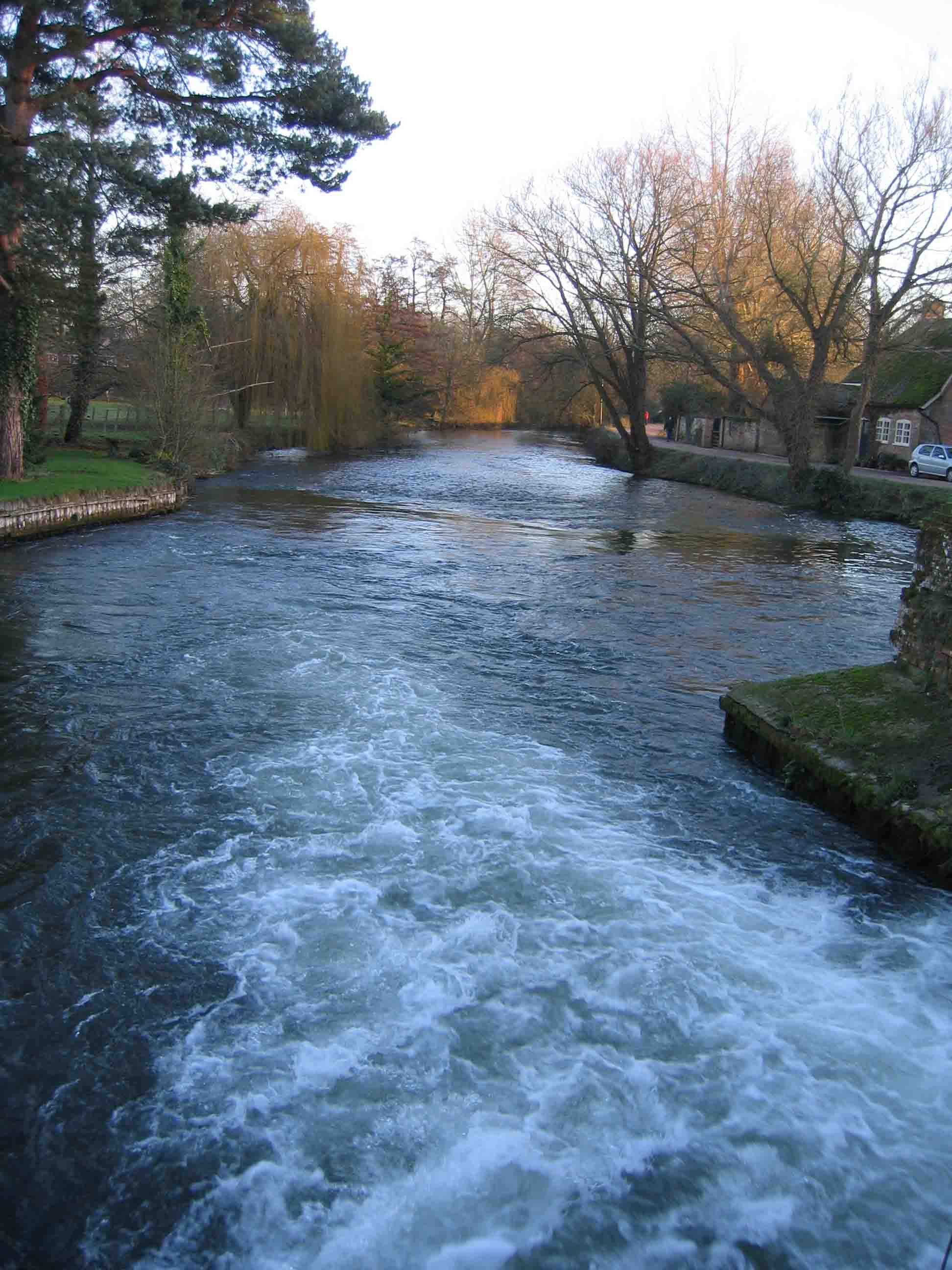|
.jpg)
An artistís impression of Titan's
surface, with Saturn dimly in the background through Titan's thick
atmosphere. The Cassini spacecraft flies over the surface with
its High Gain Antenna pointed at the Huygens probe as it nears the end
of its parachute descent. Thin methane clouds dot the horizon, and a
narrow methane spring or "methanefall" flows from the cliff at left
and produces considerable vapour. Smooth ice features rise out of the
methane/ethane lake, and crater walls can be seen far in the distance.
(Illustration by David Seal, Image credit: NASA/JPL/Caltech).
|
This information
is then used to predict the sound (wav
or mp3) of a similar fall on Titan (left), the largest
of Saturn's moons. If such falls exist there, then they will not be of
water, but of methane and ethane. The
Cassini-Huygens
space mission will take a microphone, amongst other apparatus, to
Titan in early 2005. It is not known whether Titan does indeed
have lakes, falls, seas etc. However if the microphones were to record
the sound of a 'splash down', that question would be answered. However
if we understand the physics well enough, it is possible to interpret
the sound generated by falls, breaking waves, and other natural
phenomena to gain information about the environment. This would be
very valuable to scientists.
Click here
to hear the splash down sounds, and Click
here to learn how it was
done. |


.jpg)
